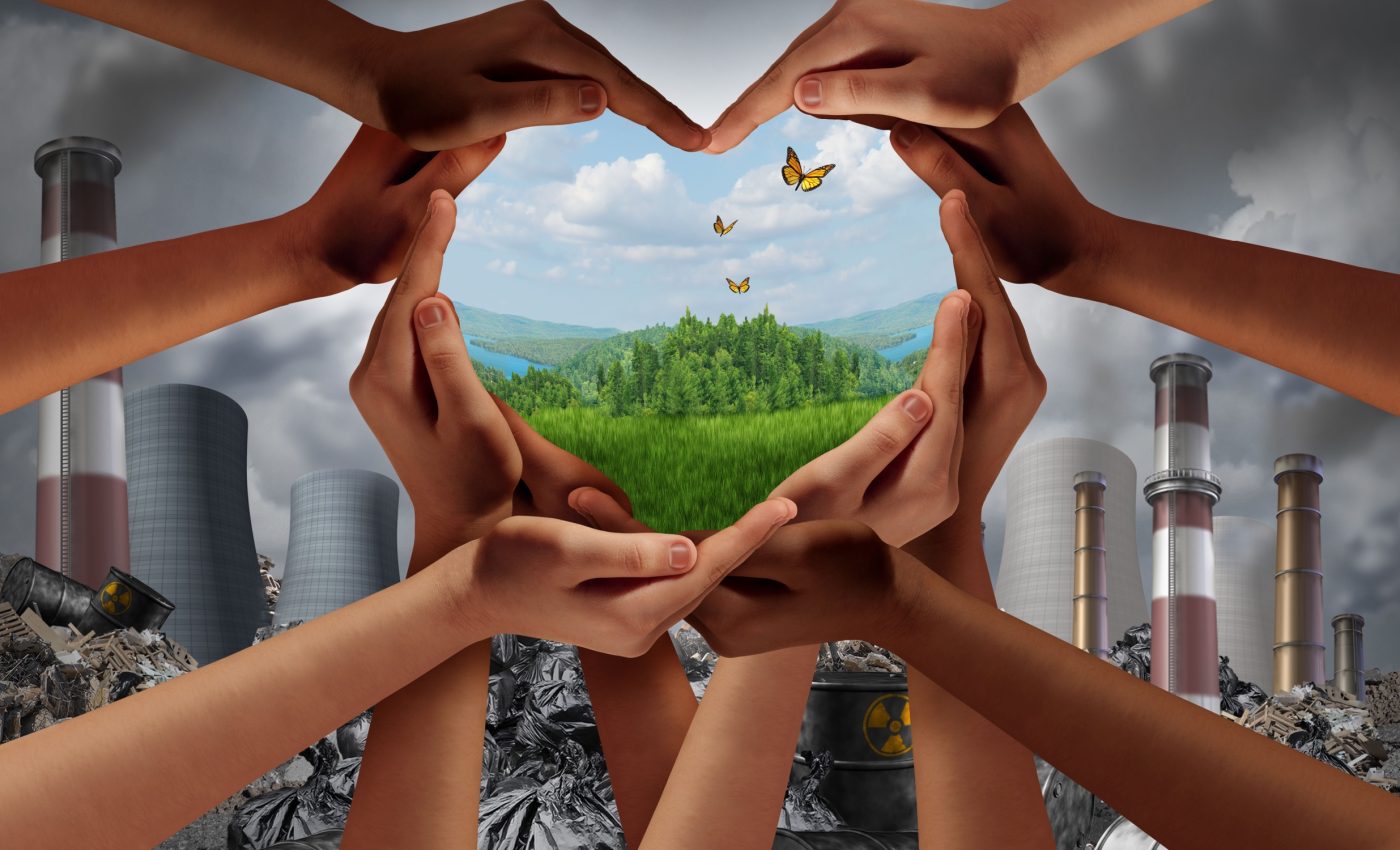
Climate wins in 2025 came from unexpected places
Every year, the climate conversation grows more urgent. We hear about rising temperatures, melting ice, and dwindling biodiversity. But alongside these sobering facts, 2025 has brought a new dimension – some real climate wins.
These are not sweeping global fixes, but they matter. They show how pressure, persistence, and innovation can lead to tangible change.
The world’s environmental crisis hasn’t ended. Yet this year reminds us that progress can happen in courtrooms, in local communities, and through new ideas.
These aren’t perfect solutions, but they create momentum. And momentum, once built, can shift entire systems.
Lawsuits against climate polluters
Early in 2025, a number of U.S. states made bold legal moves. They successfully challenged large corporations known for polluting practices. These weren’t symbolic lawsuits. Courts imposed penalties that set important legal precedents.
Such actions sent a clear message – states don’t have to wait for federal intervention to demand accountability. Environmental protection can start with localized action.
This movement placed legal tools in the hands of smaller governments and demonstrated that real results can emerge outside Washington.
The victories also had a cultural impact. Residents, who often feel powerless in the face of industrial giants, saw change made possible. Their concerns led to outcomes that reshaped how corporations operate.
Renewable energy surpasses expectations
While global energy demand continues to rise, the expected emissions spike did not materialize. The reason? Renewables.
In 2024, solar, wind, and battery storage broke records. That success continued into 2025, with global clean energy capacity growing faster than projected.
This was not limited to one region. Countries across Asia, Africa, and Latin America played a vital role. They adopted decentralized energy systems that cut emissions and improved energy access.
This trend matters for two reasons. First, it shows that economic growth doesn’t require higher emissions. Second, it proves that affordable, clean energy is no longer a distant goal. It’s happening now, and it’s reaching people who need it most.
Local climate wins from activists
Climate activism at the grassroots level has long been a driving force for change.
In 2025, this influence was publicly acknowledged. The Goldman Environmental Prize honored several activists, including Laurene Allen from the U.S., whose work led to real change in chemical regulation.
Allen’s research was focused on PFAS, often called “forever chemicals,” which pose severe health risks. Her campaigning led to legislation in New Hampshire that holds polluters accountable and pushes for cleanup efforts.
Her success demonstrated the power of local voices. It also highlighted how environmental justice is not just a global issue – it’s deeply personal. When communities organize around clean air and water, they can push governments to act.
Innovation celebrated on the global stage
While activism plays one role, innovation plays another. The Earthshot Prize, to be held in November this year, in Rio de Janeiro, continues its mission to support creative environmental solutions. Last year’s winners came from around the world, each offering ideas that solve specific challenges.
These ranged from ocean restoration to smart waste systems. Many were already operational and impacting lives. The awards ceremony itself has become a platform for global collaboration, drawing attention to practical, working ideas.
This shift from abstract promises to tested solutions brings hope. It encourages experimentation and shared learning. And it proves that large-scale climate wins can begin with small, well-executed ideas.
Climate news that focuses on hope
Another encouraging development came not from courts or communities, but from media rooms. Climate reporting in 2025 saw a subtle but important change. More outlets chose to highlight positive stories.
These stories didn’t sugarcoat the crisis – they added depth. They featured farmers using regenerative practices, towns switching to clean grids, and cities restoring native wildlife. The result was something rare – hope based on real action.
This narrative shift affects public response. When people only see catastrophe, they disengage. But when they see progress, they’re more likely to get involved. This year, journalists helped build a new kind of climate literacy, one that includes both warning and inspiration.
Looking ahead with cautious optimism
The wins of 2025 do not mark the end of the climate struggle. They do not erase rising seas or undo deforestation. But they show that people, institutions, and systems can move.
From state-led lawsuits to village-level clean energy, change came from many directions. It came from citizens speaking out, from innovators refusing to wait, and from reporters choosing to tell a fuller story.
The challenge remains massive. But with each win, the path forward becomes less uncertain. 2025 gave us reasons to believe that efforts made today can shape a better tomorrow.
—–
Like what you read? Subscribe to our newsletter for engaging articles, exclusive content, and the latest updates.
Check us out on EarthSnap, a free app brought to you by Eric Ralls and Earth.com.
—–













